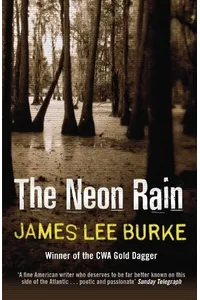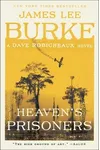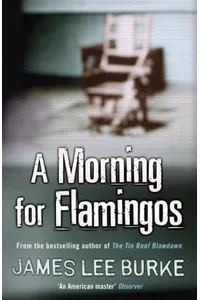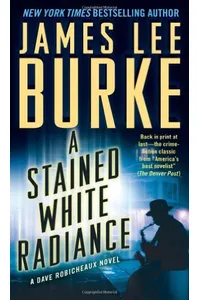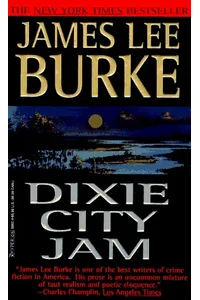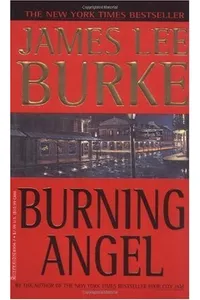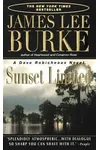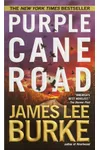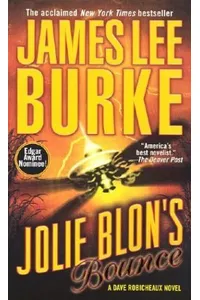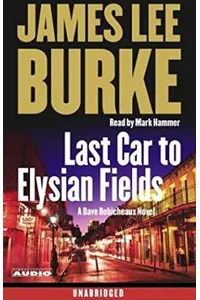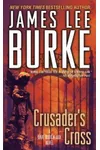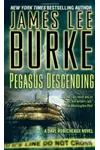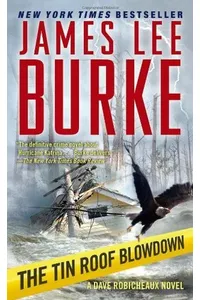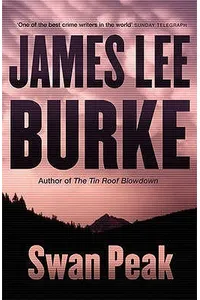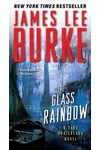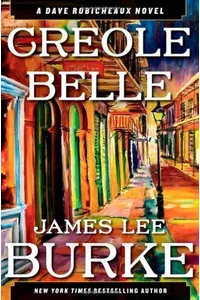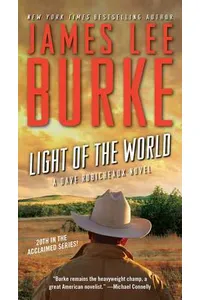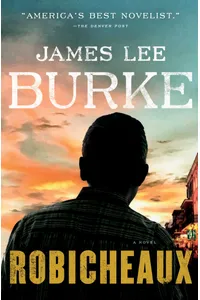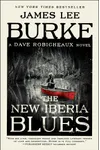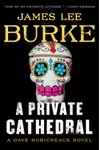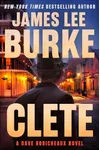Step into the sultry, shadow-filled bayous of Louisiana, where Dave Robicheaux, James Lee Burke’s iconic detective, battles crime and his own demons with gritty resolve. This crime fiction series, steeped in Southern noir, pulls you into a world of moral ambiguity, vivid landscapes, and haunting mysteries that linger like Spanish moss. Since its debut in 1987, the Dave Robicheaux series has captivated readers with its poetic prose and unflinching look at the human condition.
A former New Orleans cop turned New Iberia sheriff’s deputy, Dave Robicheaux is no cookie-cutter hero. He’s a Vietnam veteran, recovering alcoholic, and a man wrestling with a turbulent past, making him as compelling as the cases he solves. Let’s dive into the heart of this beloved series and discover why it’s a must-read for crime fiction fans.
How Dave Robicheaux Began
James Lee Burke, born in Houston in 1936 and raised on the Texas-Louisiana Gulf Coast, created Dave Robicheaux with a deep love for Louisiana’s culture and landscape. Inspired by his own experiences and the region’s complex history, Burke introduced Robicheaux in The Neon Rain (1987), blending hard-boiled detective tropes with lyrical storytelling. His goal? To craft a character who embodied the struggles of modern America while navigating the murky waters of crime in the Deep South. Burke’s own battles with rejection—his novel The Lost Get-Back Boogie was rejected 111 times—fueled the resilience that shines through Robicheaux’s character.
The Heart of Dave Robicheaux
The series, spanning over 24 novels, follows Dave Robicheaux as he tackles cases that expose Louisiana’s underbelly. In The Neon Rain, Robicheaux, then a New Orleans homicide detective, investigates a young woman’s murder, uncovering a web of corruption that tests his moral code. Heaven’s Prisoners (1988) sees him in New Iberia, saving a young girl from a plane crash, only to face violence from his past. Black Cherry Blues (1990), an Edgar Award winner, takes Robicheaux to Montana, where a friend’s troubles pull him into a deadly conspiracy. The Tin Roof Blowdown (2007) confronts the devastation of Hurricane Katrina, weaving social commentary into a hunt for looters’ killers.
Burke’s themes—redemption, justice, and the scars of history—pulse through every book. The Louisiana setting, with its lush bayous and gritty streets, is practically a character, amplifying the series’ atmospheric allure. Robicheaux’s inner struggles, from Vietnam trauma to alcoholism, add depth, while his bond with sidekick Clete Purcel brings humor and heart. Burke’s prose, often compared to Hemingway or Faulkner, elevates the series beyond genre fiction, blending poetic beauty with raw violence.
Why Dave Robicheaux Resonates
The Dave Robicheaux series has left an indelible mark on crime fiction, earning Burke two Edgar Awards and the Mystery Writers of America’s Grand Master Award. Fans are drawn to its unflinching portrayal of societal issues—corruption, racism, and environmental loss—wrapped in gripping mysteries. Adaptations like Heaven’s Prisoners (1996) with Alec Baldwin and In the Electric Mist (2009) with Tommy Lee Jones brought Robicheaux to the screen, cementing his cultural impact. At 87, Burke continues to write, with 2024’s Clete shifting focus to Purcel, proving the series’ enduring vitality.
The series’ blend of Southern gothic, moral complexity, and vivid storytelling keeps readers returning. It’s a testament to Burke’s ability to make the personal universal, turning New Iberia’s small-town crimes into epic battles against evil.
- First Book: The Neon Rain (1987)
- Number of Books: 24 (as of 2024)
- Awards: Edgar Awards for Black Cherry Blues (1990) and Cimarron Rose (1998), MWA Grand Master Award
- Setting: New Iberia and New Orleans, Louisiana
Ready to lose yourself in Louisiana’s haunting beauty? Grab The Neon Rain and join Dave Robicheaux in a world where justice is never black-and-white!
